Decentralizing Power Generation – A Double-Edged Sword for Utilities
The energy landscape is undergoing a seismic shift. Gone are the days when power flowed unidirectionally from colossal, centralized plants to passive consumers. Today, the rise of decentralized power generation—think combined heat and power (CHP) systems, rooftop solar panels, and community wind turbines—is turning the traditional grid on its head. While this evolution promises enhanced resilience and efficiency, it also presents a labyrinth of challenges for utility operators.
The Bright Side of Decentralization
Decentralized energy systems empower communities by reducing reliance on distant utilities, fostering local energy production, and enhancing grid resilience. The EIS Council points out by diversifying energy sources, these systems can mitigate the impact of centralized grid failures, ensuring a more stable power supply.
Moreover, decentralized generation can lead to price stability and efficient use of renewable resources as reported by Kalkitech. By generating power closer to the point of consumption, energy losses during transmission are minimized, and the integration of renewables becomes more feasible.
The Thorny Challenges
However, integrating a myriad of distributed energy resources (DERs) into the existing grid is no small feat. The traditional utility financial model, which hinges on centralized generation and extensive infrastructure, is being upended. Thousands of megawatts of distributed wind and solar can be added near consumption centers, reducing the need for large-scale infrastructure investments and challenging the traditional utility revenue streams.
Reliability and resilience also come into question. The decentralized nature of DERs can pose challenges for grid stability. If individual DERs experience technical issues or disruptions, it could impact local energy supply. Ensuring grid-wide visibility and communication is key to maintaining reliability in a decentralized system.
Enter Grid-Edge Management Platforms
To navigate these complexities, utility operators are turning to advanced grid-edge management platforms equipped with edge processing capabilities. These platforms such as certusEDGE enable real-time monitoring and control of distributed energy resources at the edge of the power grid, specifically in low-voltage (LV) and medium-voltage (MV) distribution networks. By leveraging advanced digital technologies, such as optical sensors and the Internet of Things (IoT), they achieve real-time monitoring and precise control of grid-edge devices.
Integrating advanced optical sensors further enhances this smart grid capability. For instance, MICATU's Optical Sensor Platform provides real-time measurement and verification for the distribution system, offering high accuracy in monitoring parameters like current, voltage, and phase angle. This data is crucial for proactive management and modernization of the grid, ensuring it operates at peak efficiency even as decentralized generation becomes more prevalent.
Continued State or Readiness
Decentralizing power generation is not just a trend; it's the future. While it brings undeniable benefits in terms of resilience, efficiency, and sustainability, it also challenges utilities to rethink their operations and business models. Embracing advanced grid-edge management platforms and cutting-edge sensor technologies will be pivotal in transforming these challenges into opportunities, ensuring that the grid remains robust, reliable, and ready for the decentralized era.
Decentralized power generation is rewriting the rules of the grid—offering resilience, efficiency, and sustainability, but also throwing utilities a curveball. To stay ahead, operators must ditch outdated models and embrace grid-edge intelligence, leveraging real-time data, optical sensors, and AI-driven automation to transform chaos into control. The future grid isn’t just about keeping the lights on—it’s about staying smart, staying agile, and staying in charge. Meet with one of our experts to charge ahead with your plan.

